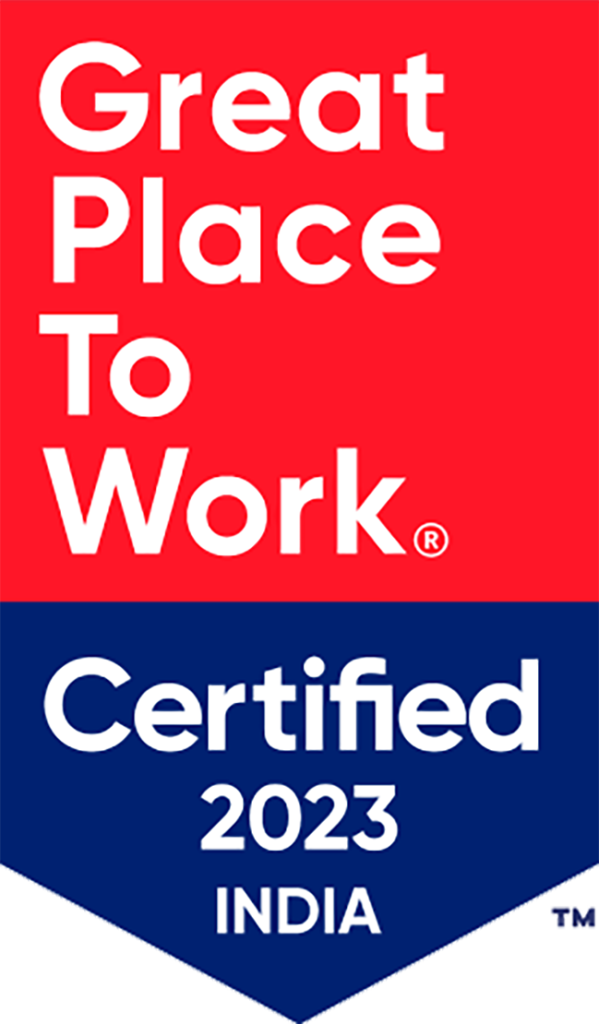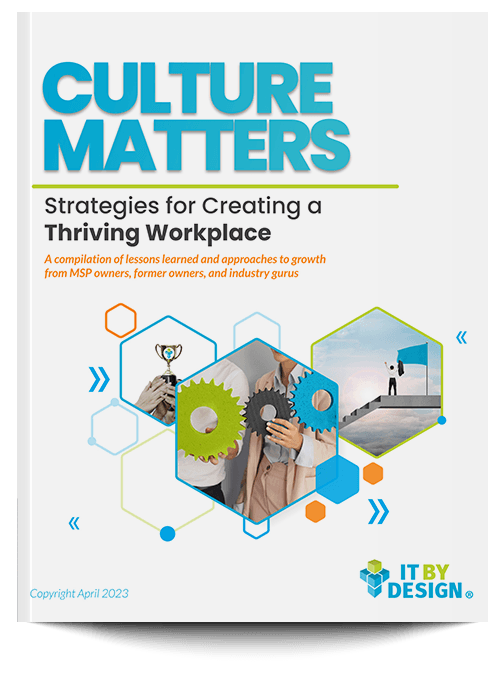During a peer group of 10 CEOs that I recently attended, the administrator asked us: “What is your biggest challenge?” We all replied: “People.” Our unanimous response told me that businesses are facing a challenge, unlike anything they had ever seen before. The people – or employees – the challenge is normally there, but its scale and overall magnitude today make it very abnormal and overwhelming. Worldwide talent shortages. Retention. The Great Resignation. It’s undoubtedly the biggest issue businesses will face in 2022.
With the magnitude of this issue, now every MSP is thinking about talent-related strategies. How will they engage their people? How will they control the monetary and time costs associated with retaining and hiring talent? Of course, the best way to reduce these costs is to retain the people you already have – especially your “stars”, the high-performing ones. This will reduce or eliminate the need for advertising job openings, interviewing candidates, onboarding new hires, etc.
As an MSP owner for 20 years now, I have identified three key areas that I believe are vital to retaining employees. Salary is certainly important, but it can be too influenced by geography and the job market, which is why job seekers consult employment sites for compensation information. So for the sake of this article, I’m going to dismiss this topic and focus on three areas over which you have much more control.
1. The Manager
This individual can make an employee’s life fruitful or miserable. The relationship between these two individuals is critical to the team member’s job satisfaction. Does that employee feel like they’re being heard? Do they feel like their contributions are valued? Does the employee feel that their manager has a negative bias toward them (due to race, religion, etc.)? If the team member doesn’t feel they are in a positive working environment, they will become disengaged. This will reflect in their job performance and negatively impact your customers.
Solution – The employee/manager relationship must be fully transparent. Both sides must know what is expected from them so they can work effectively together. This should be done in intimate, face-to-face meetings – in-person or online – so they can speak freely and build a relationship. The conversation should cover personal and professional goals, the employee’s strengths and weaknesses (and a plan to help overcome any weaknesses), along with recognition and rewards for specific accomplishments showing the team member that their work is appreciated, valued and contributing to the organization’s success.
2. The Culture
This can be built organically via the types of individuals hired, how they treat customers, and how they are treated by their superiors. Or it can be a purpose-driven culture where leadership establishes a set of positive values, beliefs, and behaviors that you want your employees to embody when working with colleagues and customers. This can be effective in small MSPs where you talk directly to your entire team. However, as you scale, your leadership team must continue that positive dialogue with their growing teams. I experienced this first-hand as I began my MSP with a few team members. That has now grown to more than 500 which are spread over three continents.
Solution – Provide tools, feedback loops, and simple discussions that will help to regularly reinforce that agenda and measure the sentiments of the parties involved. Platforms like Team GPS support the tools and measurements needed to create a strong purpose-driven culture. These resources will keep you aware of an employee’s state of mind and give you actionable data so that you can address issues related to their job performance or job satisfaction. They do this, especially with ESAT, NPS, and customizable Pulse surveys. You must capture the feedback and this can be accomplished by listening to your employees or electronically via surveys from them and the customers they support.
However, just capturing data doesn’t accomplish anything. You must analyze it and act on it. How do they feel about their jobs? How do they feel about the day-to-day issue and the processes that you set for them? How do they feel about what they are being asked to do? This will give your leadership team the data they need to keep their staff engaged and happy. And that should be your ultimate goal: To create an environment that is pleasant to work in so that your employees take that happiness home to their families.
3. The Employee’s Impact
It’s important for your employees to have an overall understanding of how they are making a difference and contributing to the company’s vision and success. In small, busy MSPs, you may not have the time to always “check-in” on your team to show them this important connection. However, you must. To do this, you need to capture multiple points of data, including from the customer, the employee, and the manager.
Solution – You can accomplish this by giving the employee visibility into the bigger picture, with the ability to connect that to their individual contribution. For example, seeing the CSAT data for themselves, their team, and its impact on the NPS for the customers they work with. Or looking at the employee collaboration within a team and its impact on the CSAT score and employee satisfaction for the team. The ability to make these connections and objectively see their impact on the bottom line connects employees to the company goals and vision in a way no meetings can.
Your team members most likely know how it all works in the back of their minds. But to be able to show them tangible proof of their connections between a myriad of data points could make all the difference between the employee staying or leaving.
I don’t see the employment situation for MSPs changing for the better anytime soon. So it’s my hope that these three key approaches to retaining your talent will give you a starting point that will help prevent your team members from seeking greener pastures.







